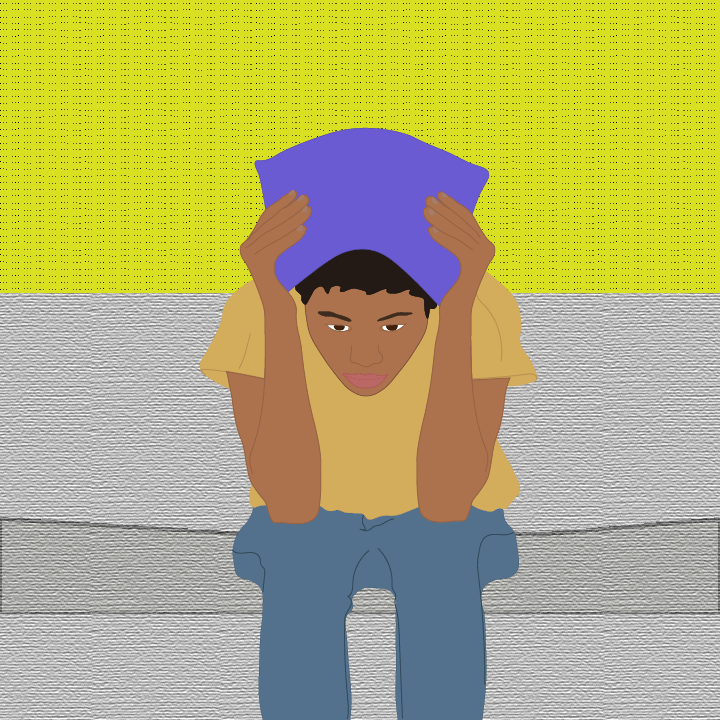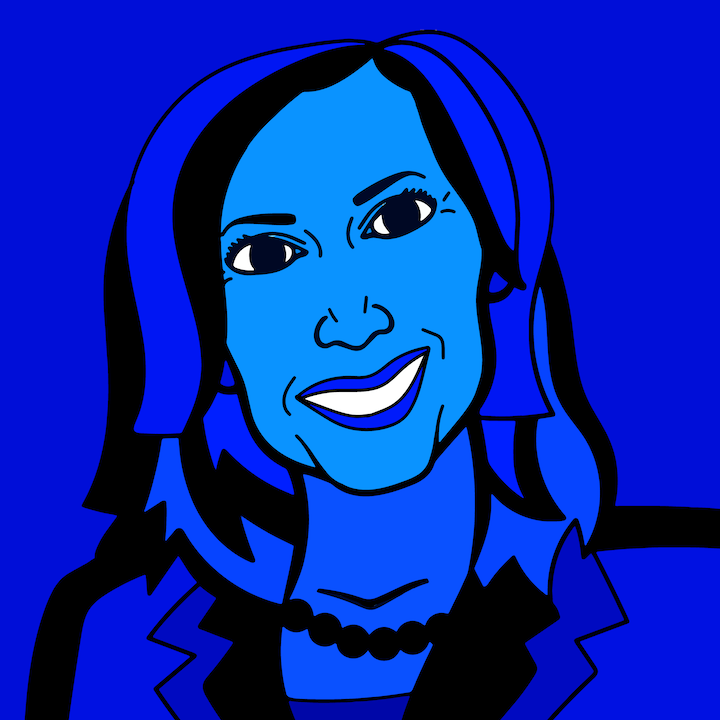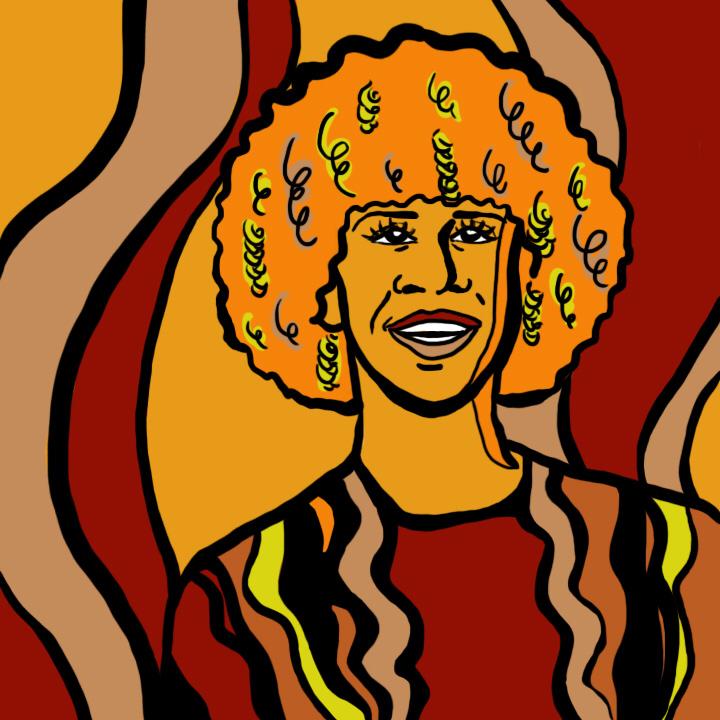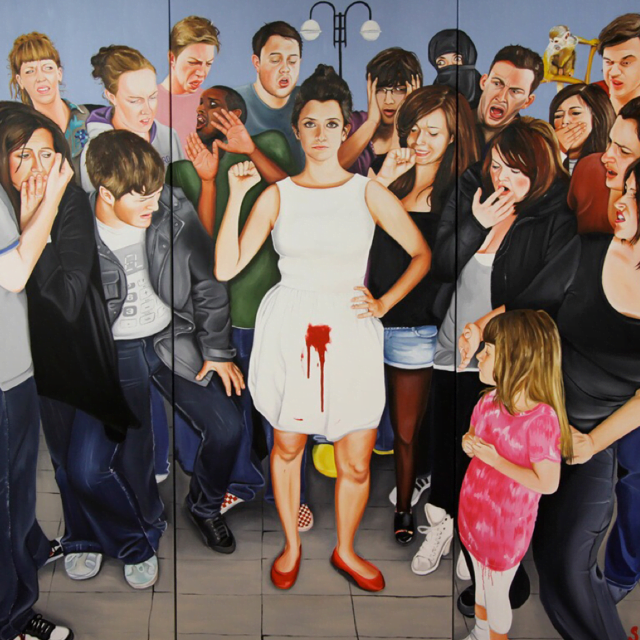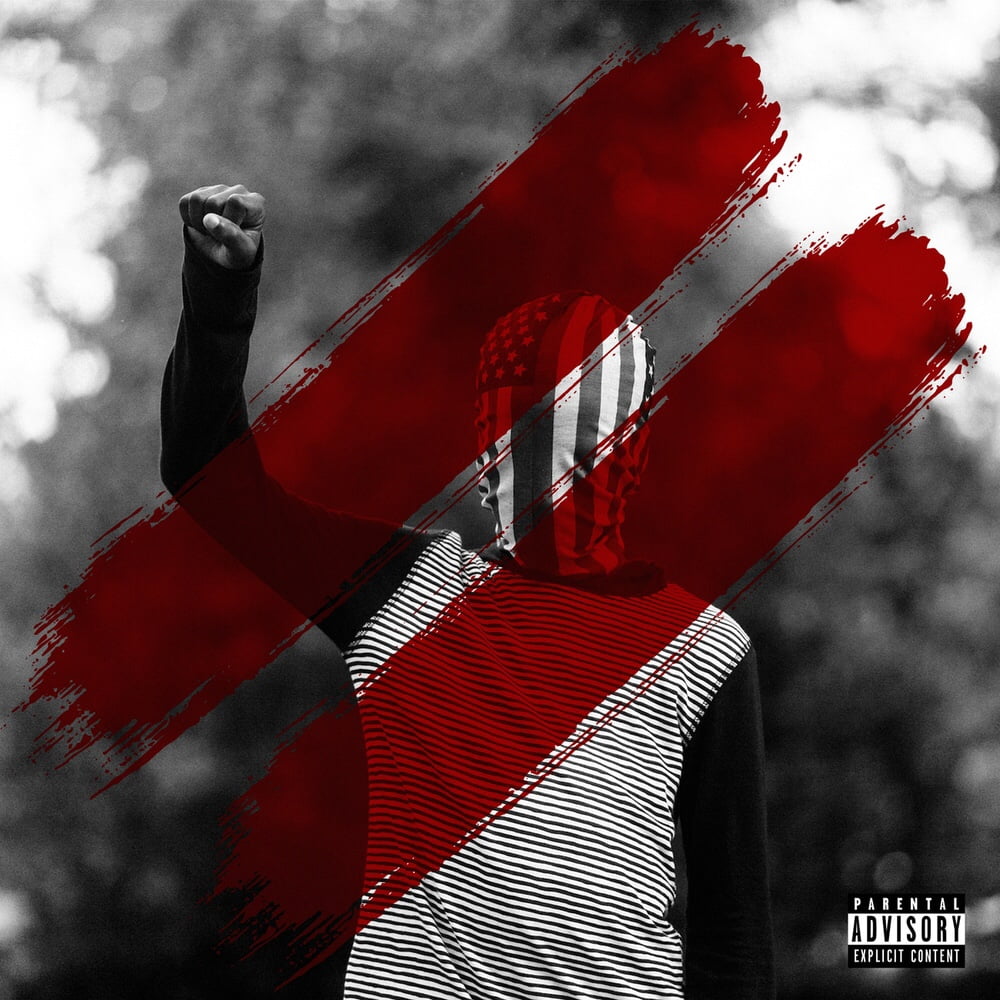DIGITALLY DISCONNECTED 13 TIPS FOR HELPING BRIDGE THE DIGITAL DIVIDE FOR CHILDREN DURING COVID-19 While social, racial, and economic disparities have always existed within the educational system, the COVID-19 pandemic is exasperating these inequities and widening gaps between students at a drastic rate. For families who can’t afford home computers, laptops, or high-speed internet access, […]
